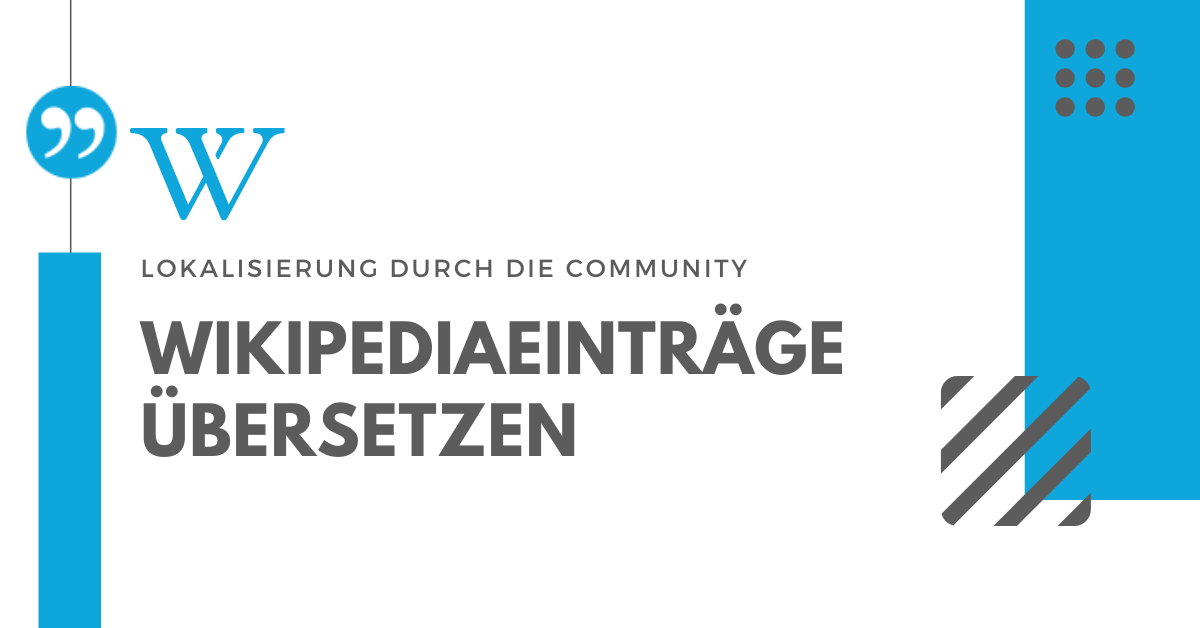Introduction
The word “überzetsen” is a German term that can be translated into English as “to translate” or “to ferry.” While its primary use is in the context of language translation, it can also refer to the act of ferrying people or goods across a body of water. This article aims to provide a comprehensive overview of the term “überzetsen,” exploring its various meanings, uses, and relevance in different contexts.
Etymology and Origins
The term “übersetzen” comes from the German language, and its roots can be traced back to Old High German. The word is composed of two parts: “über,” meaning “over” or “across,” and “setzen,” meaning “to set” or “to place.” Therefore, “übersetzen” literally means “to set across” or “to place over.”
Historical Context
In historical contexts, “übersetzen” was often used to describe the act of ferrying people or goods across rivers and other bodies of water. This was an essential activity in many regions of Europe, where rivers served as natural barriers and ferrying was a common means of transportation.
Primary Meaning: Translation
Definition
In modern usage, “übersetzen” primarily means “to translate.” It refers to the process of converting text or speech from one language into another.
Importance of Translation
Translation is a crucial activity in our globalized world. It enables communication between people who speak different languages, facilitates international trade, and allows for the exchange of cultural and intellectual ideas.
Types of Translation
- Literary Translation: Translating works of literature such as novels, poems, and plays.
- Technical Translation: Translating technical documents, manuals, and scientific texts.
- Legal Translation: Translating legal documents such as contracts, laws, and court rulings.
- Medical Translation: Translating medical texts, including research papers, patient records, and pharmaceutical instructions.
The Process of Translation
The process of translation involves several steps:
- Understanding the Source Text: The translator must fully comprehend the meaning and nuances of the original text.
- Rendering the Text in the Target Language: The translator converts the text into the target language, ensuring that the meaning is accurately conveyed.
- Editing and Proofreading: The translated text is reviewed for accuracy, grammar, and style.
- Final Review: A final check is performed to ensure the translation meets the required standards.
Secondary Meaning: Ferrying
Definition
The secondary meaning of “übersetzen” is “to ferry.” This refers to the act of transporting people or goods across a body of water using a boat or ferry.
Historical Significance
Before the construction of bridges and tunnels, ferrying was one of the primary means of crossing rivers and other bodies of water. Ferrymen played a vital role in trade and transportation.
Modern Context
Today, ferry services are still in use in many parts of the world. They are particularly important in regions with many islands or where building bridges is not feasible.
The Role of Übersetzen in Language and Culture
Language Learning
Learning to translate (“übersetzen”) is a fundamental skill for language learners. It helps them understand the structure and vocabulary of the target language and improves their overall language proficiency.
Cultural Exchange
Translation allows for the exchange of cultural ideas and knowledge. By translating literature, films, and other cultural artifacts, people from different cultures can share and appreciate each other’s works.
Professional Translation
Professional translators are in high demand in various industries. They work in fields such as international business, diplomacy, and media, providing essential services that enable cross-cultural communication.
Übersetzen in the Digital Age
Machine Translation
With the advent of technology, machine translation has become increasingly popular. Tools like Google Translate use artificial intelligence to translate text and speech in real-time. However, machine translation is not always accurate and often requires human intervention to ensure quality.
Computer-Assisted Translation (CAT) Tools
CAT tools are software applications that help translators work more efficiently. They provide features such as translation memory, which stores previously translated segments for future use, and terminology management, which ensures consistency in the use of specialized terms.
The Future of Translation
The field of translation is continually evolving. Advances in artificial intelligence and machine learning are likely to improve the accuracy and efficiency of translation tools. However, the need for human translators will remain, as they can provide the cultural and contextual understanding that machines lack.
Übersetzen: Common Challenges and Solutions
Challenges in Translation
- Language Nuances: Capturing the subtle nuances and idiomatic expressions of the source language.
- Cultural Differences: Understanding and conveying cultural references and contexts.
- Technical Terminology: Accurately translating specialized terms in fields such as medicine, law, and engineering.
- Maintaining Style and Tone: Preserving the original style and tone of the text while making it sound natural in the target language.
Solutions
- In-Depth Research: Conducting thorough research to understand the context and meaning of the source text.
- Collaboration: Working with subject matter experts to ensure the accurate translation of technical terms.
- Continuous Learning: Staying updated with the latest developments in the field of translation and language studies.
- Quality Assurance: Implementing rigorous quality control processes to ensure the accuracy and consistency of translations.
Übersetzen: Career Opportunities
Becoming a Translator
To become a professional translator, one typically needs:
- Language Proficiency: Fluency in at least two languages.
- Formal Education: A degree in translation studies, linguistics, or a related field.
- Specialization: Expertise in a specific field such as legal, medical, or technical translation.
- Experience: Practical experience through internships, volunteer work, or freelance projects.
Job Opportunities
- Freelance Translator: Working independently and offering translation services to various clients.
- In-House Translator: Working for a company or organization as a full-time translator.
- Translation Agencies: Working for agencies that provide translation services to clients across different industries.
- Government and International Organizations: Providing translation services for government agencies, NGOs, and international bodies like the UN and the EU.
Skills and Qualities
- Attention to Detail: Ensuring accuracy and consistency in translations.
- Cultural Awareness: Understanding and respecting cultural differences.
- Communication Skills: Clearly conveying information in the target language.
- Time Management: Meeting deadlines and managing multiple projects efficiently.
Übersetzen: Tips for Effective Translation
Understand the Source Text
- Read the entire text to grasp the overall meaning and context.
- Identify any challenging sections and conduct research to understand them better.
Use Reliable Resources
- Utilize dictionaries, glossaries, and online resources to find accurate translations of terms.
- Refer to style guides and translation standards specific to the target language and industry.
Maintain Consistency
- Use translation memory tools to ensure consistency in terminology.
- Create and follow a glossary of terms specific to the project.
Edit and Proofread
- Review the translated text for accuracy, grammar, and style.
- Have another translator or editor proofread the text to catch any errors or inconsistencies.
Stay Updated
- Keep up with changes in language usage and industry-specific terminology.
- Participate in professional development opportunities such as workshops, conferences, and online courses.
YOU MAY ALSO LIKE: Understanding Pikruos: A Comprehensive Guide
Conclusion
The term “übersetzen” encompasses the vital activities of translation and ferrying. In today’s interconnected world, translation plays a crucial role in facilitating communication and cultural exchange. Whether you are a language learner, a professional translator, or simply interested in the concept of translation, understanding the nuances of “übersetzen” can enhance your appreciation of this essential activity. By mastering the skills and techniques of translation, one can contribute to bridging linguistic and cultural gaps, making the world a more connected and understanding place.
Additional Resources
- Books on Translation: Explore works such as “In Other Words” by Mona Baker and “The Translator’s Invisibility” by Lawrence Venuti.
- Online Courses: Websites like Coursera and Udemy offer courses on translation and language studies.
- Professional Associations: Join organizations like the American Translators Association (ATA) or the International Federation of Translators (FIT) for networking and professional development opportunities.
- Translation Tools: Familiarize yourself with tools like SDL Trados, MemoQ, and Wordfast to enhance your translation efficiency.
By delving into the world of “übersetzen,” you can gain a deeper understanding of the art and science of translation, appreciate its significance in our global society, and perhaps even embark on a rewarding career in this dynamic field.
FAQS
Frequently Asked Questions (FAQs)
1. What does the German word “übersetzen” mean?
Answer: The German word “übersetzen” primarily means “to translate,” referring to the process of converting text or speech from one language into another. It can also mean “to ferry,” describing the act of transporting people or goods across a body of water.
2. How important is translation in today’s world?
Answer: Translation is extremely important in today’s globalized world. It enables communication between people who speak different languages, facilitates international trade, and allows for the exchange of cultural and intellectual ideas. Professional translation services are essential in fields such as business, law, medicine, and diplomacy.
3. What are the main challenges in translation?
Answer: The main challenges in translation include:
- Capturing language nuances and idiomatic expressions.
- Understanding and conveying cultural differences.
- Accurately translating technical terminology in specialized fields.
- Maintaining the original style and tone of the text while making it sound natural in the target language.
4. How can someone become a professional translator?
Answer: To become a professional translator, one typically needs:
- Fluency in at least two languages.
- A degree in translation studies, linguistics, or a related field.
- Specialization in a specific area such as legal, medical, or technical translation.
- Practical experience through internships, volunteer work, or freelance projects. Additionally, strong attention to detail, cultural awareness, communication skills, and time management are crucial.
5. What tools and resources are available for translators?
Answer: Translators have access to various tools and resources, including:
- Dictionaries, glossaries, and online resources for accurate term translations.
- Computer-Assisted Translation (CAT) tools like SDL Trados, MemoQ, and Wordfast that enhance efficiency.
- Translation memory tools to ensure consistency.
- Style guides and translation standards specific to the target language and industry. Professional development opportunities such as workshops, conferences, and online courses also help translators stay updated with the latest trends and best practices in the field.










